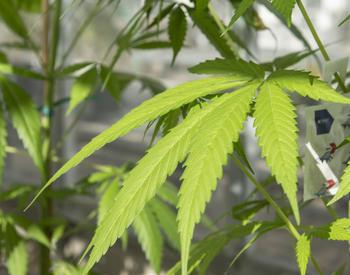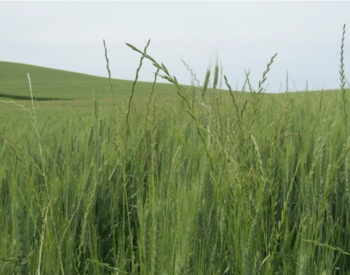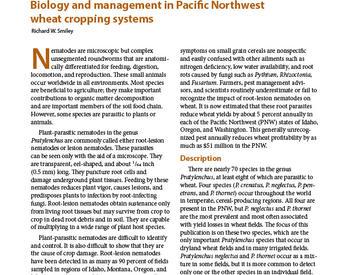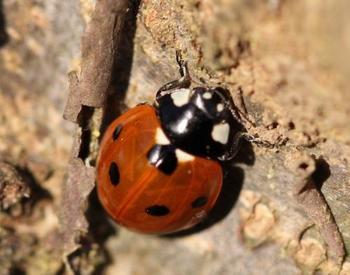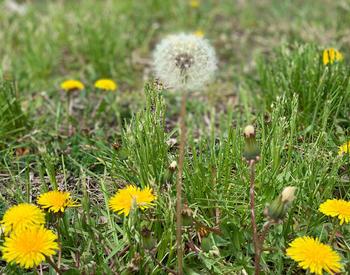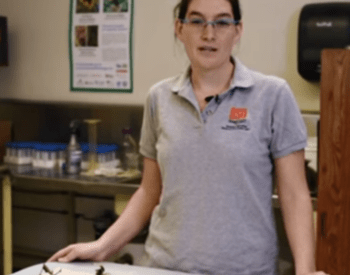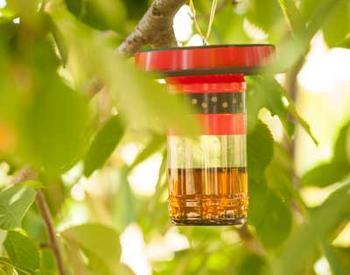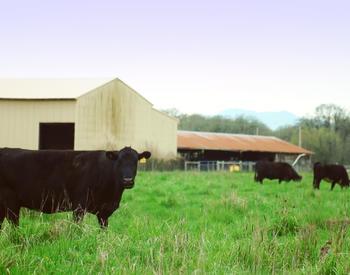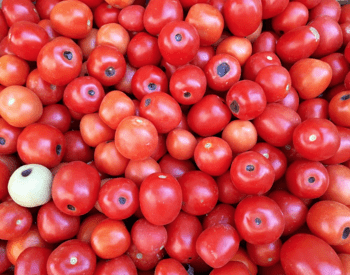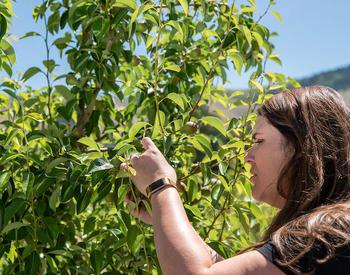Damage to floral and cannabinoid hemp from corn earworm pest (Helicoverpa zea) threatens to cause economic losses to hemp growers.
The corn earworm is native to the temperate regions of North America. The larvae of this moth are destructive in the agricultural industry and like to feed on several host plants. Crops susceptible to corn earworm larva include but are not limited to tomato, cotton, peppers, corn, and hemp.
In hemp, moths are attracted to floral inflorescences (also called colas), making flowers highly vulnerable to corn earworm damage. During the growing season, female moths lay eggs on flower buds, and eggs hatch into larvae within two to three days. Emerged larvae feed on flower buds, causing bud rots and affecting marketable hemp flower products.
Oregon hemp growers rely on biological insecticides to manage corn earworm. There are no other solutions available. A commonly used biological insecticide for corn earworm is known as Gemstar LC. This insecticide contains polyhedrosis occlusion bodies of the nuclear polyhedrosis virus of Helicoverpa zea. When corn earworm larvae feed on a treated plant, the virus enters the stomach and kills the larva. The effectiveness of this viral bioinsecticide depends on it being applied at the right hemp flowering stages.
For example, hemp flowers at an early stage (flower initiation) provide less space for corn earworm larvae to burrow, whereas flowers at the midstage (midflowering) are more intricate and allow more space for larvae to hide. Corn earworm larvae found in midflowering plants are nearly inconspicuous to the human eye. This can prevent a thorough insecticide application, hindering the product’s efficiency and decreasing the overall mortality of the target species.
To understand the flowering time effects, we conducted the outdoor potted experiment at the Southern Oregon Research and Extension Center in summer 2023 (Figure 1). We planted hemp seedlings (CV. Photo CBD) on gardening soil in 5-gallon pots and sprayed plants with Gemstar LC (4 fluid ounces per acre) at early and midflowering stages. Immediately after spraying at each flowering stage, we inoculated one- to two-day-old larvae (40 per plant) on flowers and caged flowers with a muslin cloth (Figure 2) and checked live and dead ones after one week.
In our study, we did not observe a difference in the survival corn earworm population with respect to flowering stages. However, we observed clear differences in survival populations between Gemstar LC treated (one to two live caterpillars per plant) and control (seven to 14 live caterpillars/plant) plant groups. Our study also concluded that Gemstar has the potential to control corn earworm larvae on hemp.
Use pesticides safely!
- Wear protective clothing and safety devices as recommended on the label. Bathe or shower after each use.
- Read the pesticide label—even if you’ve used the pesticide before. Follow closely the instructions on the label (and any other directions you have).
- Be cautious when you apply pesticides. Know your legal responsibility as a pesticide applicator. You may be liable for injury or damage resulting from pesticide use.
